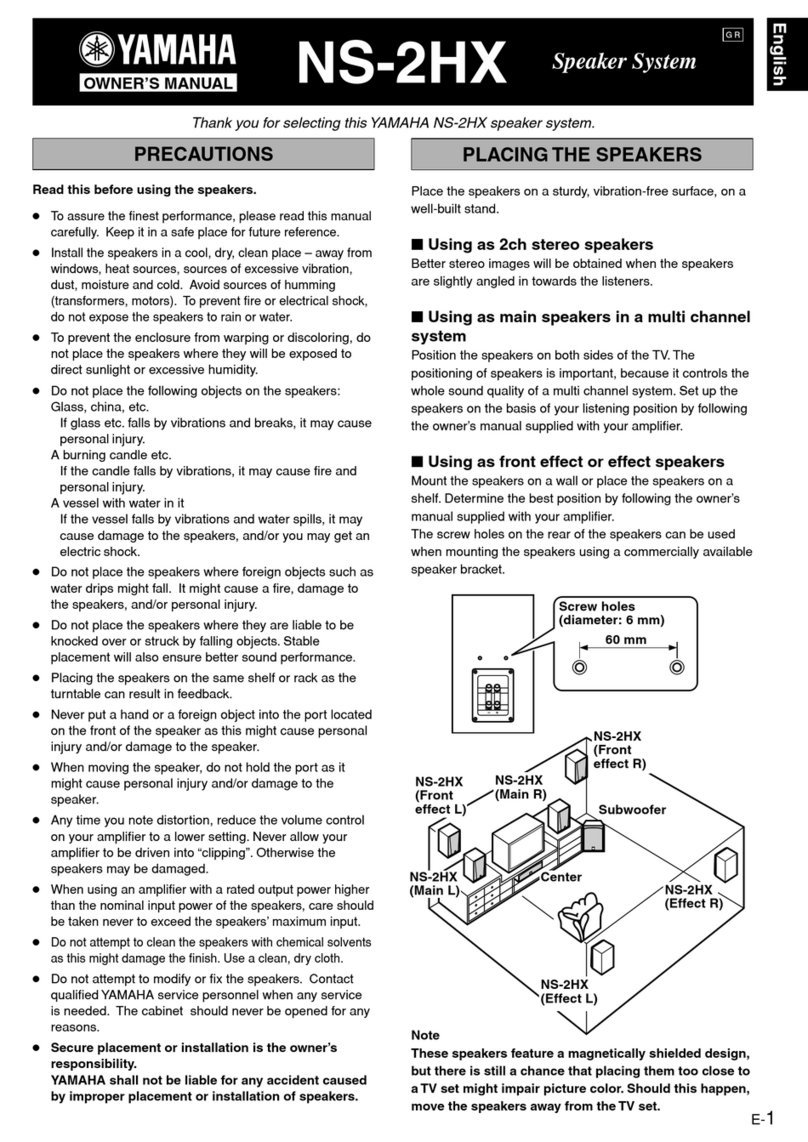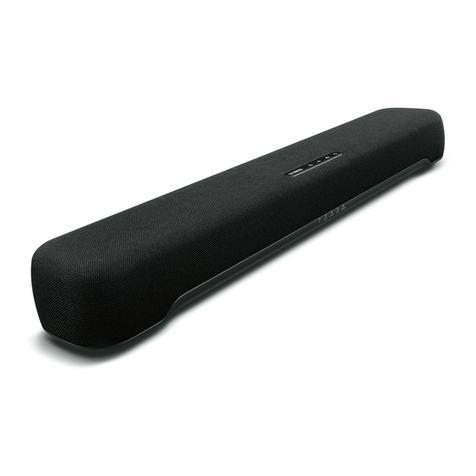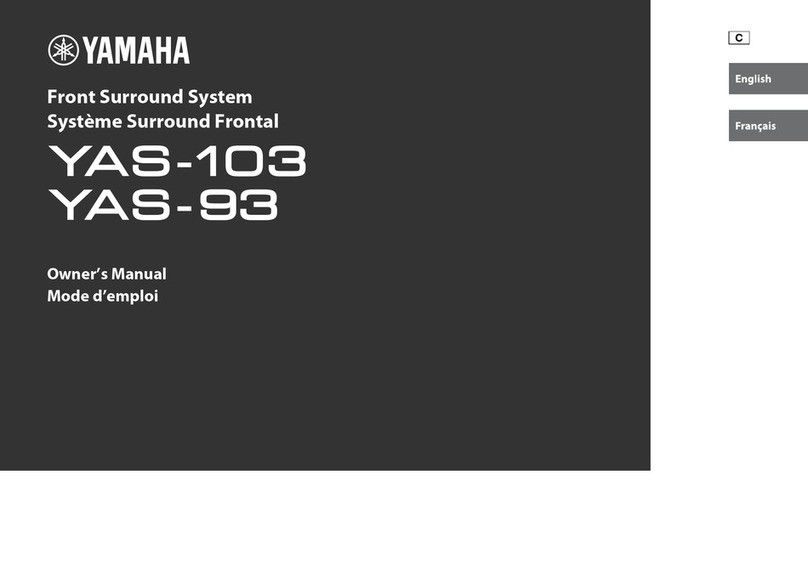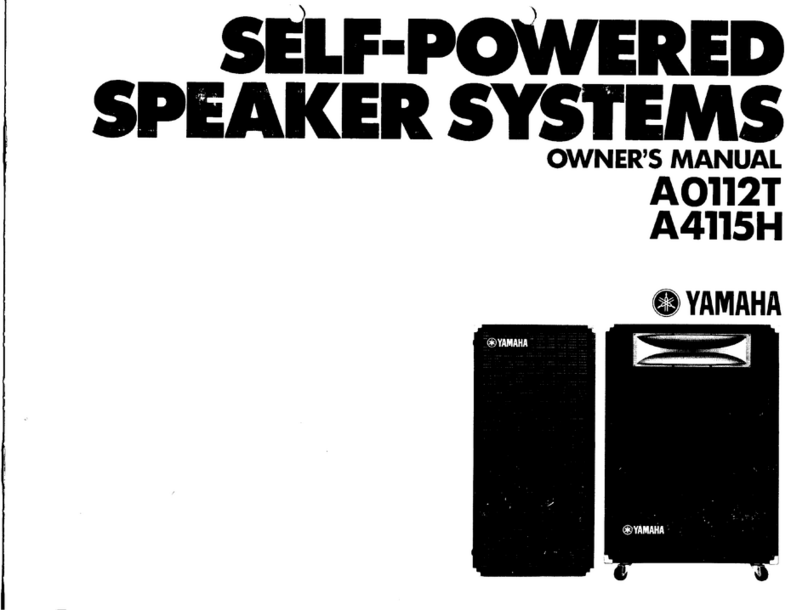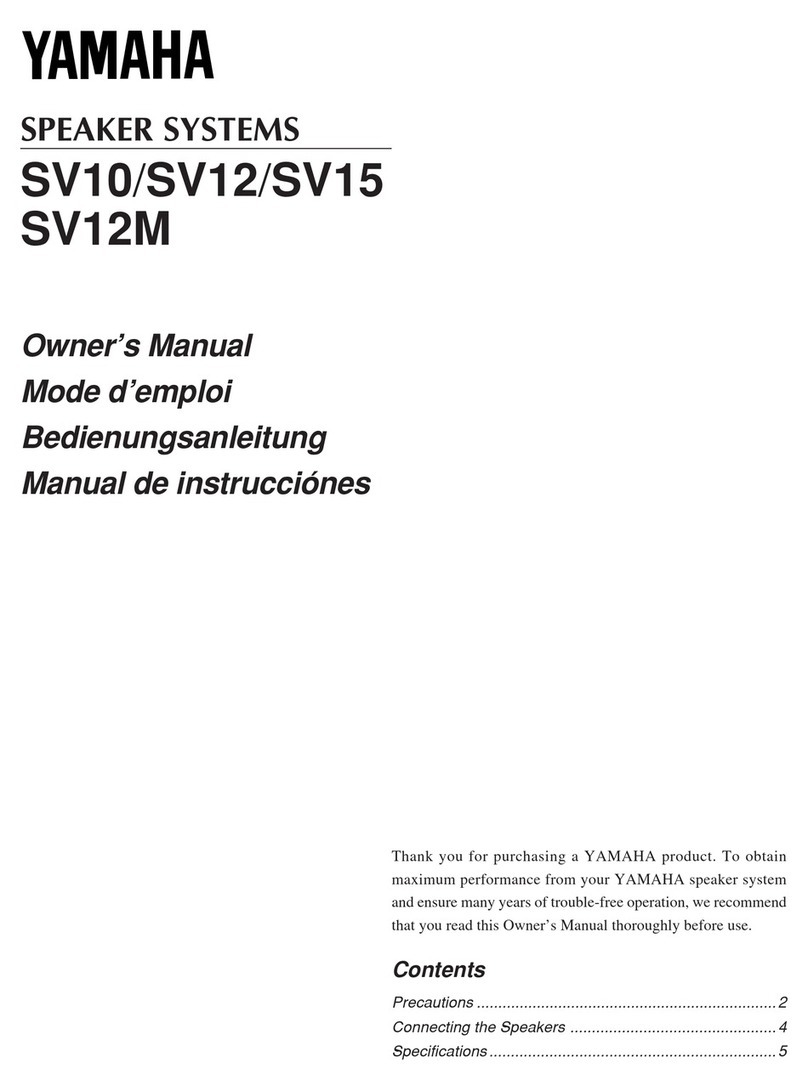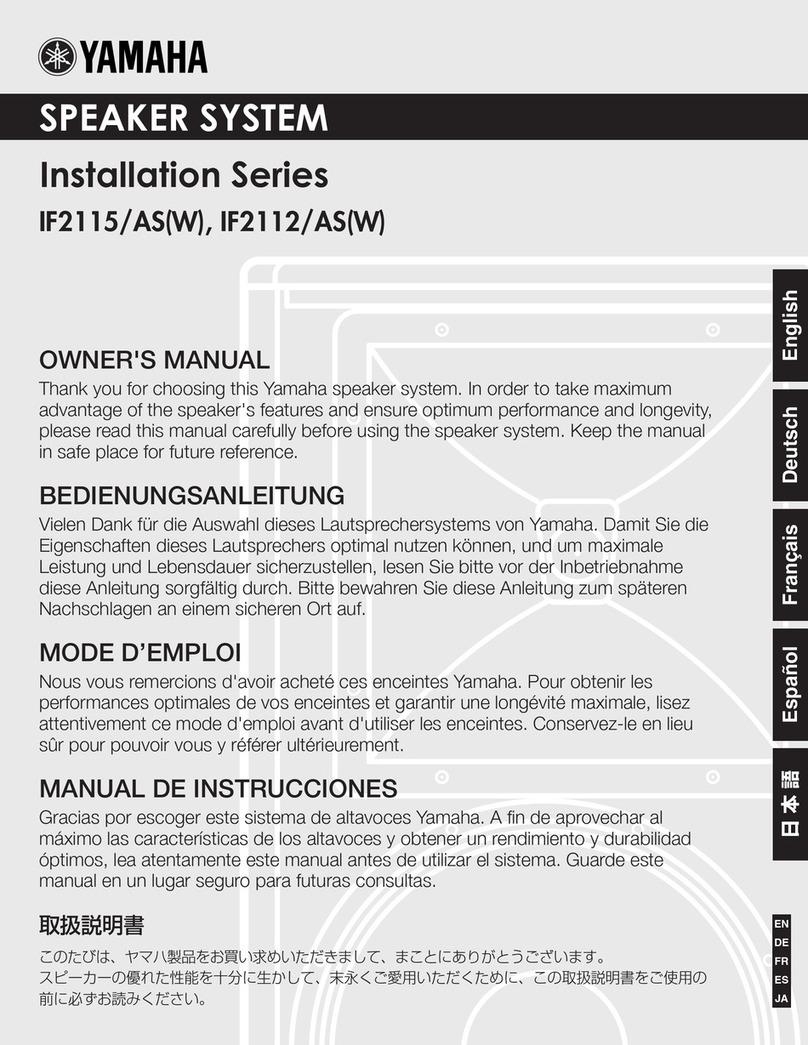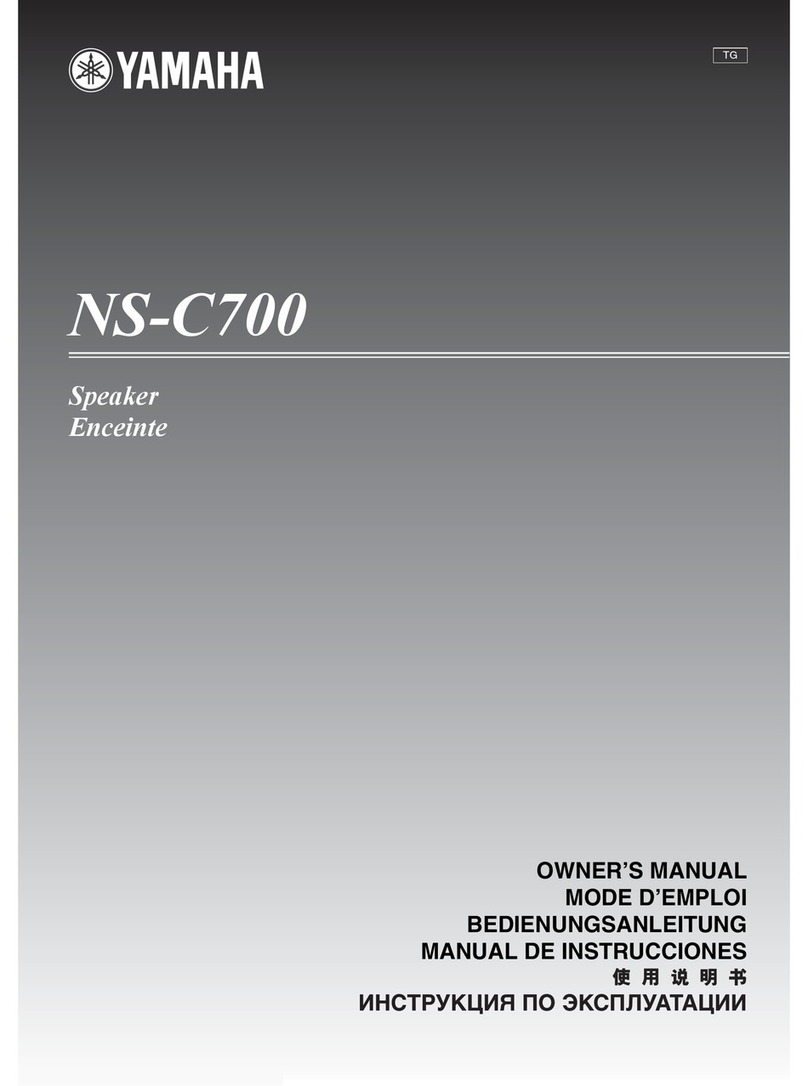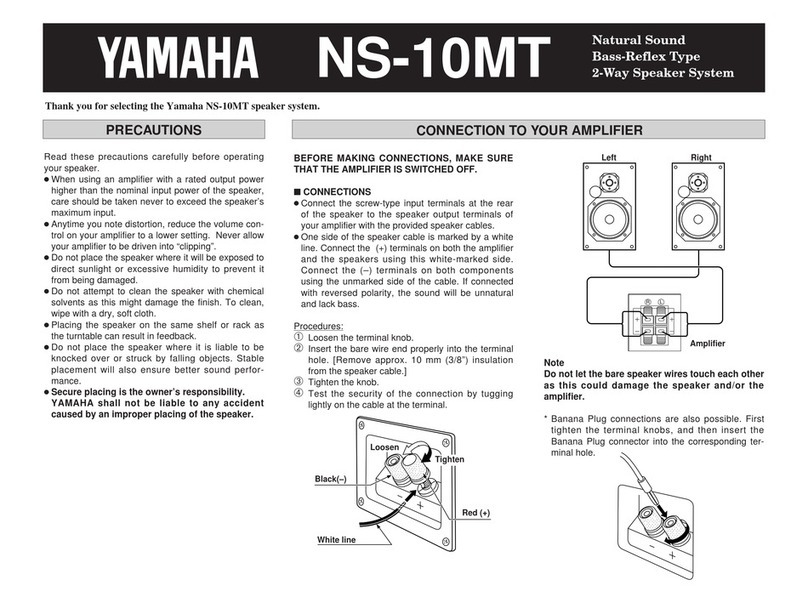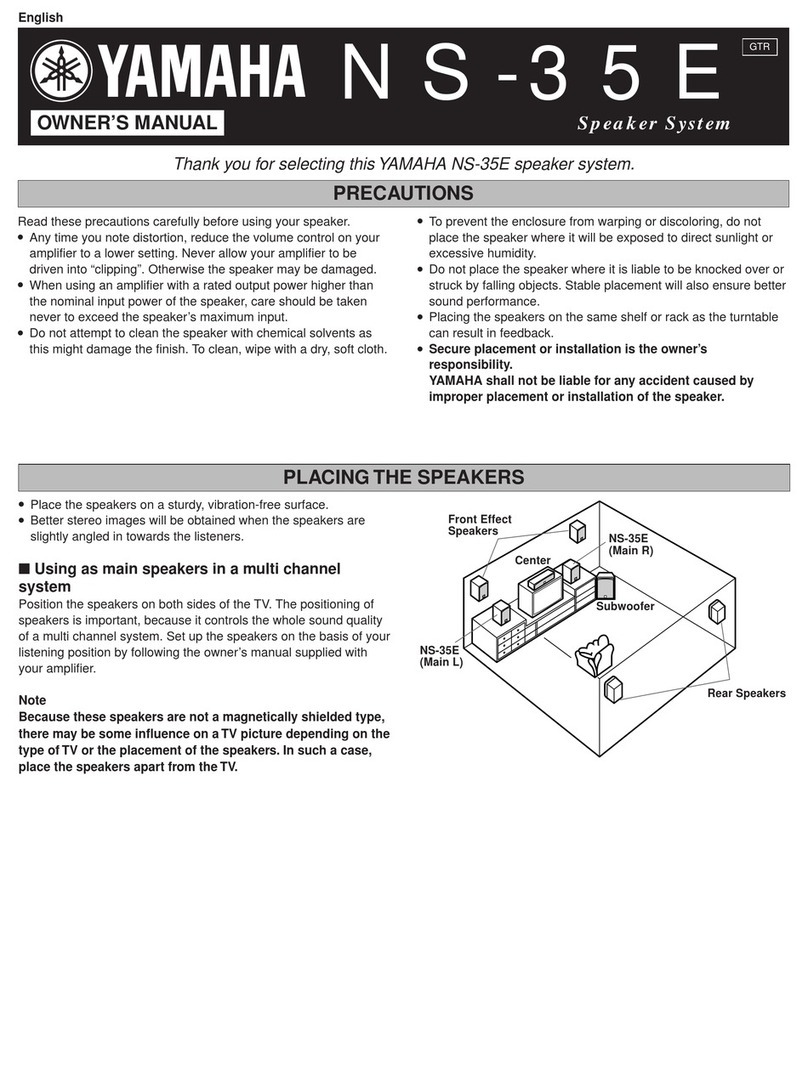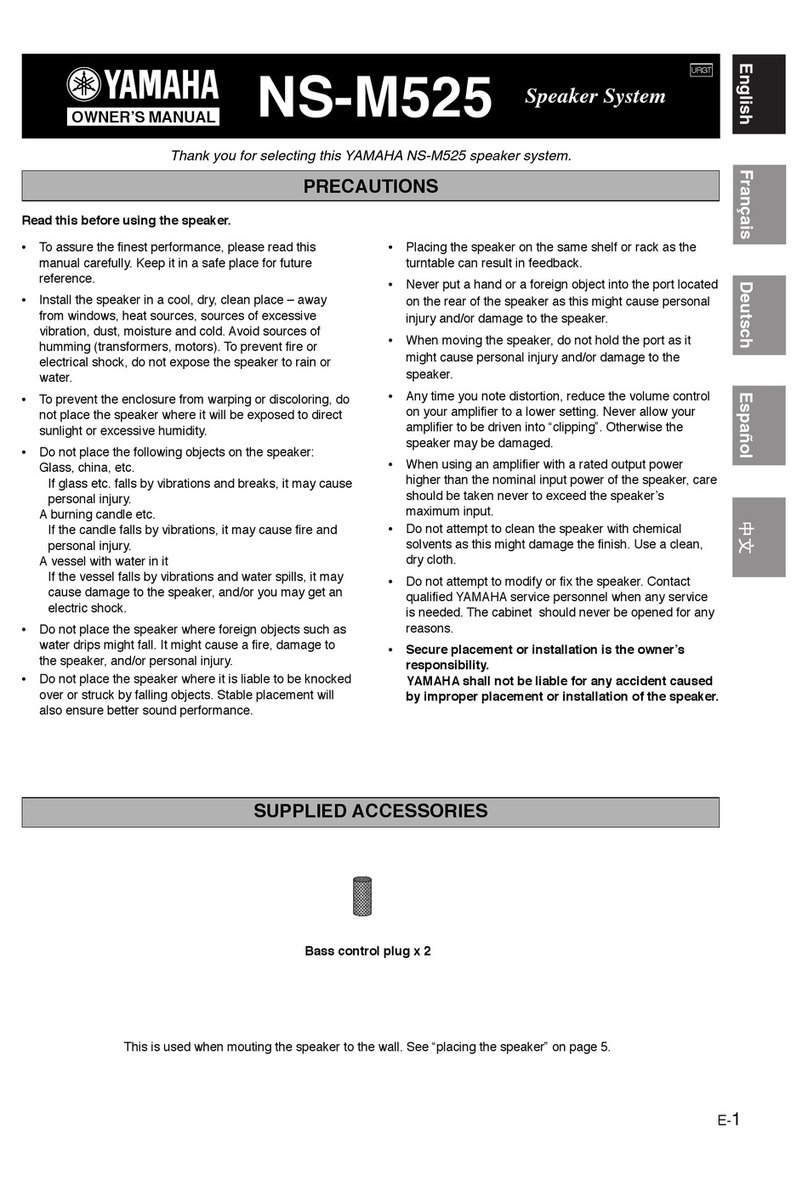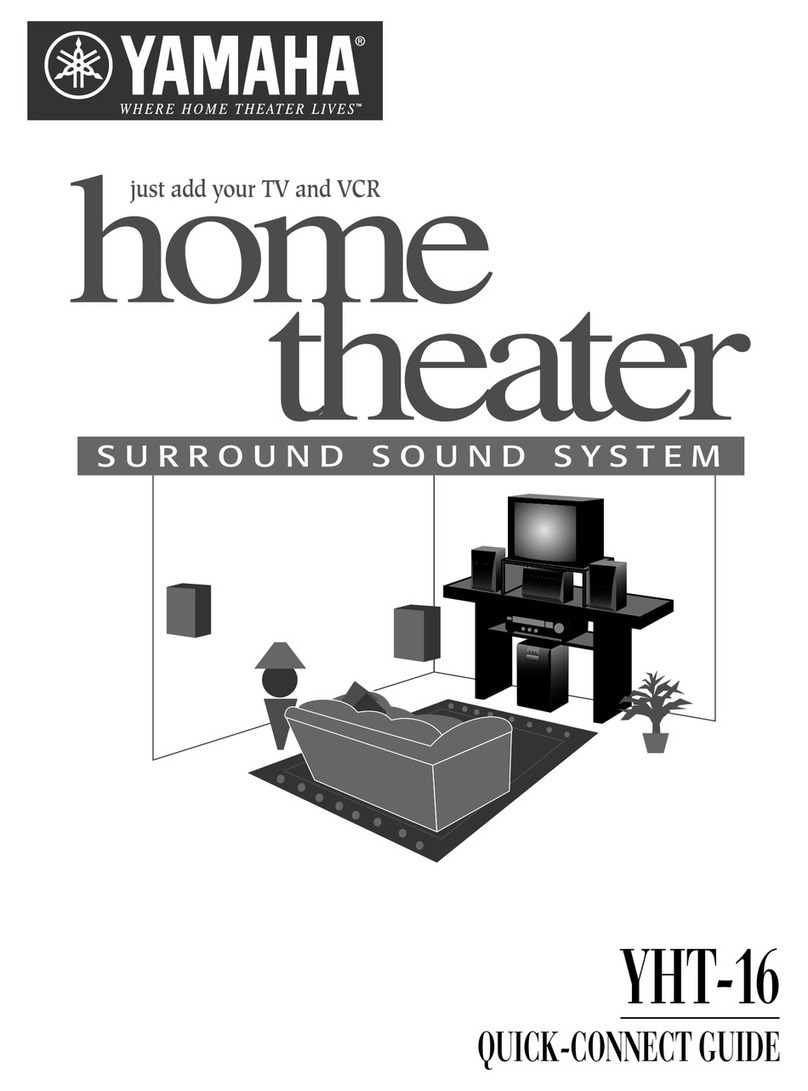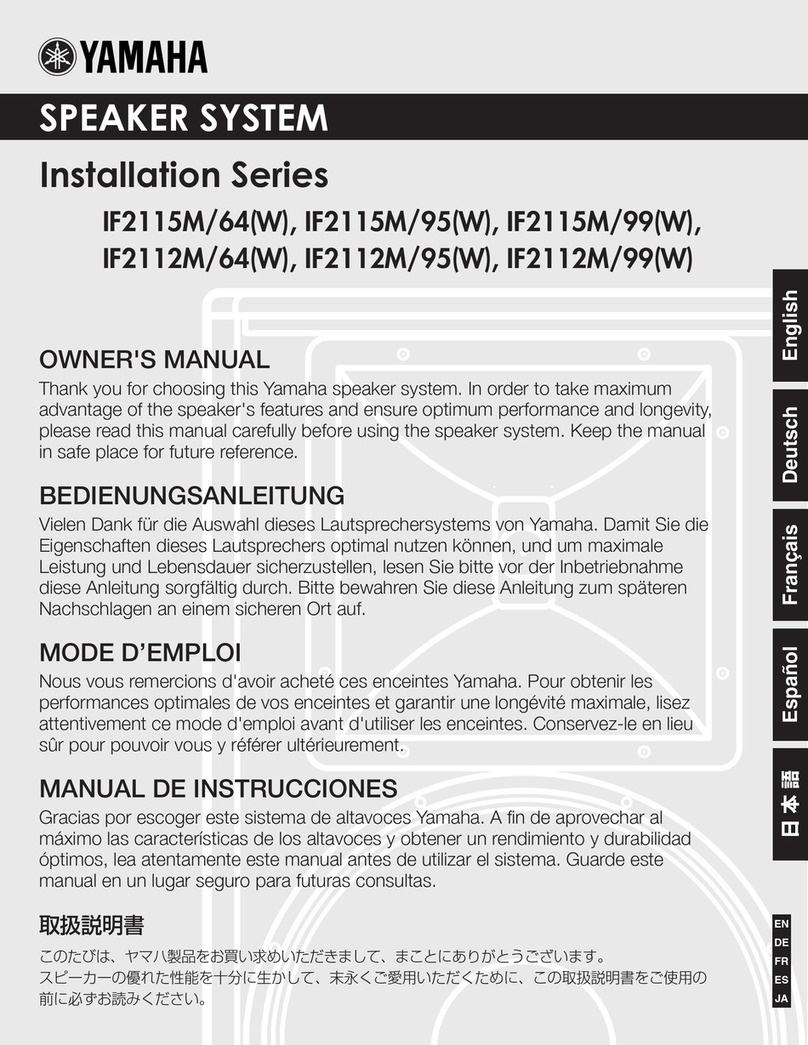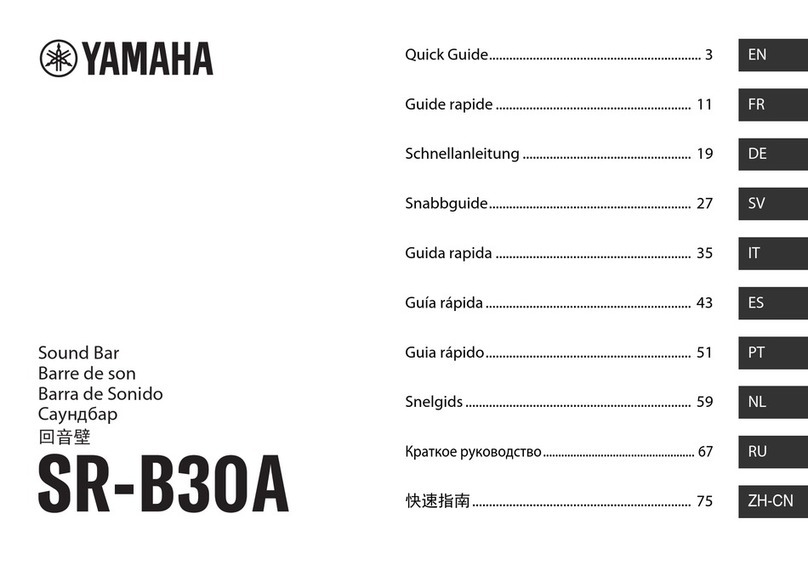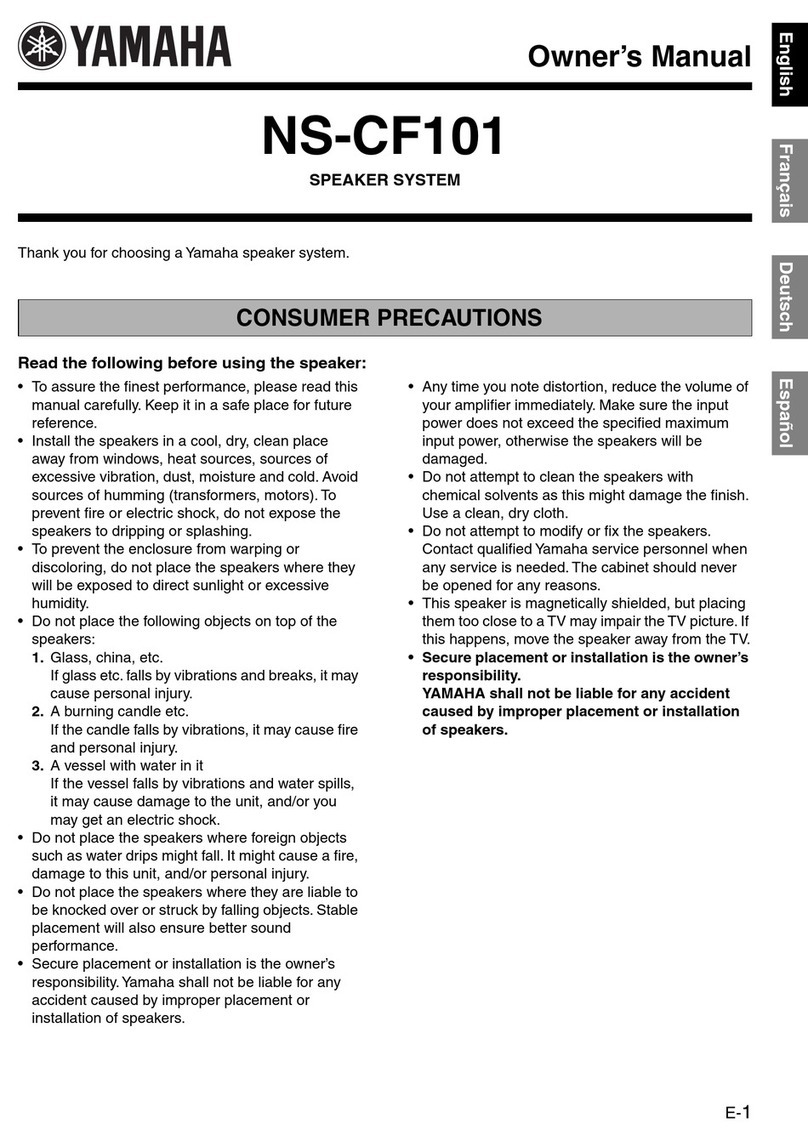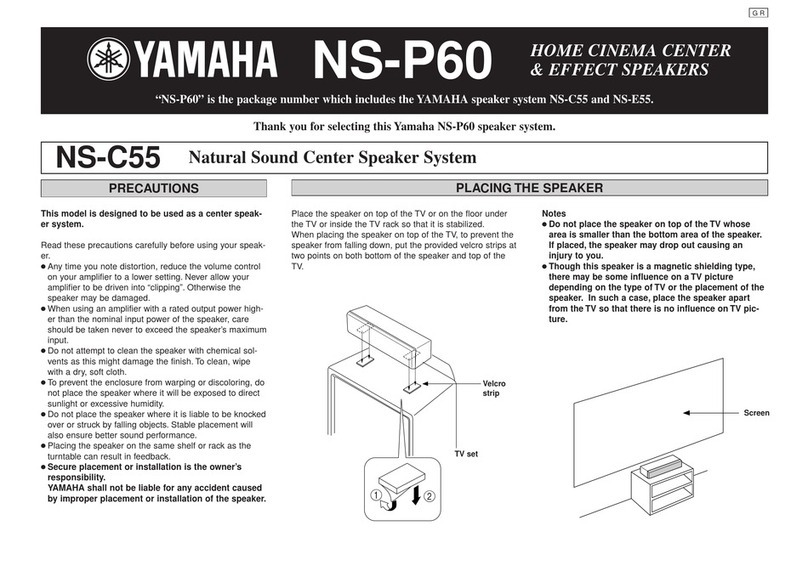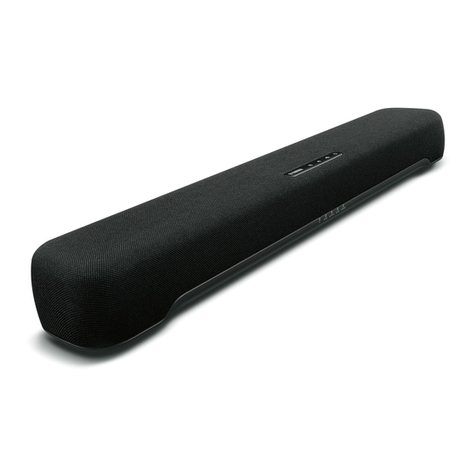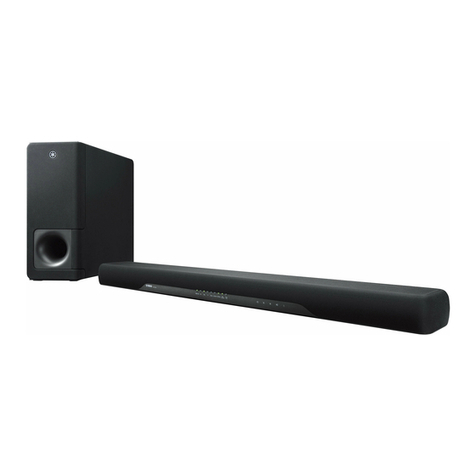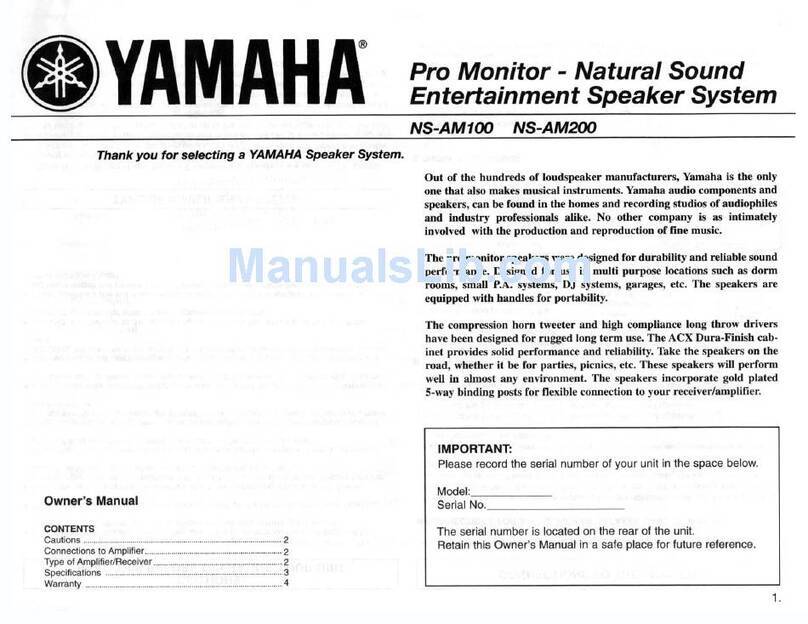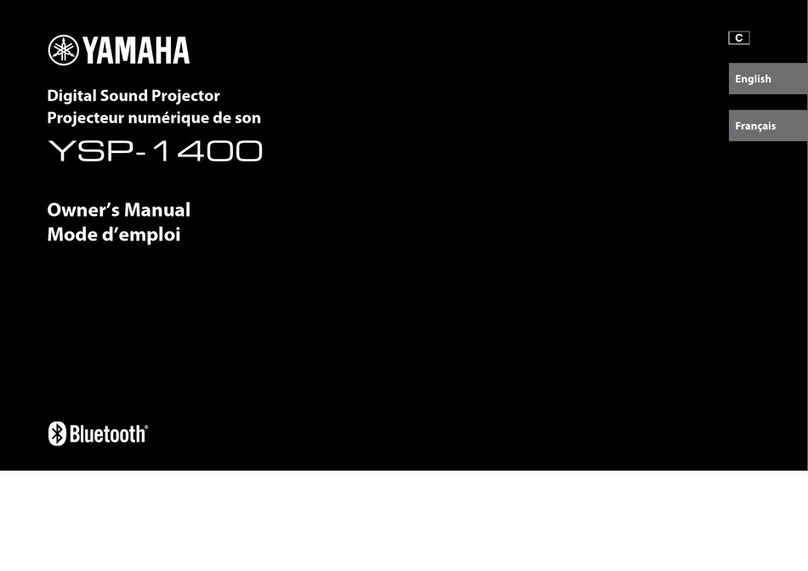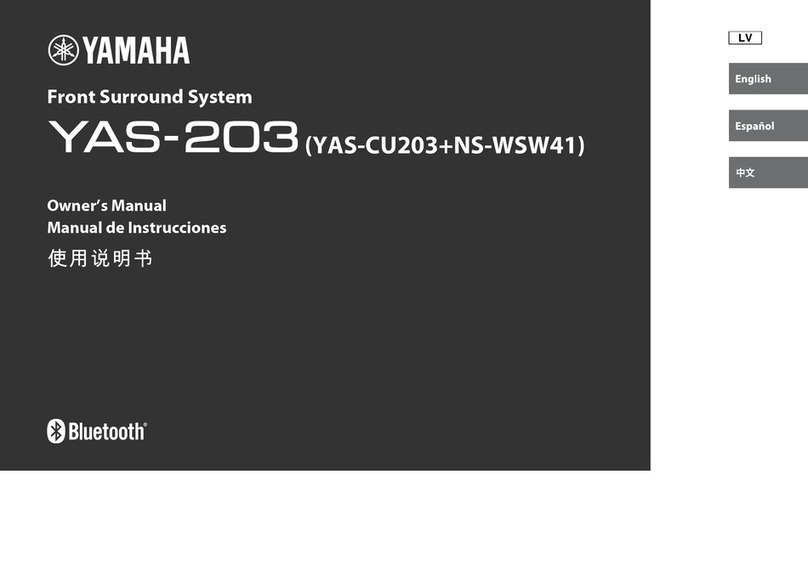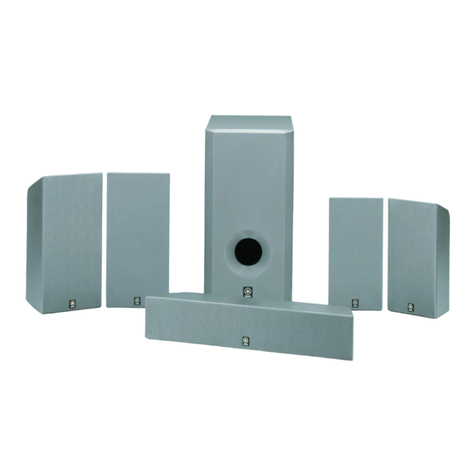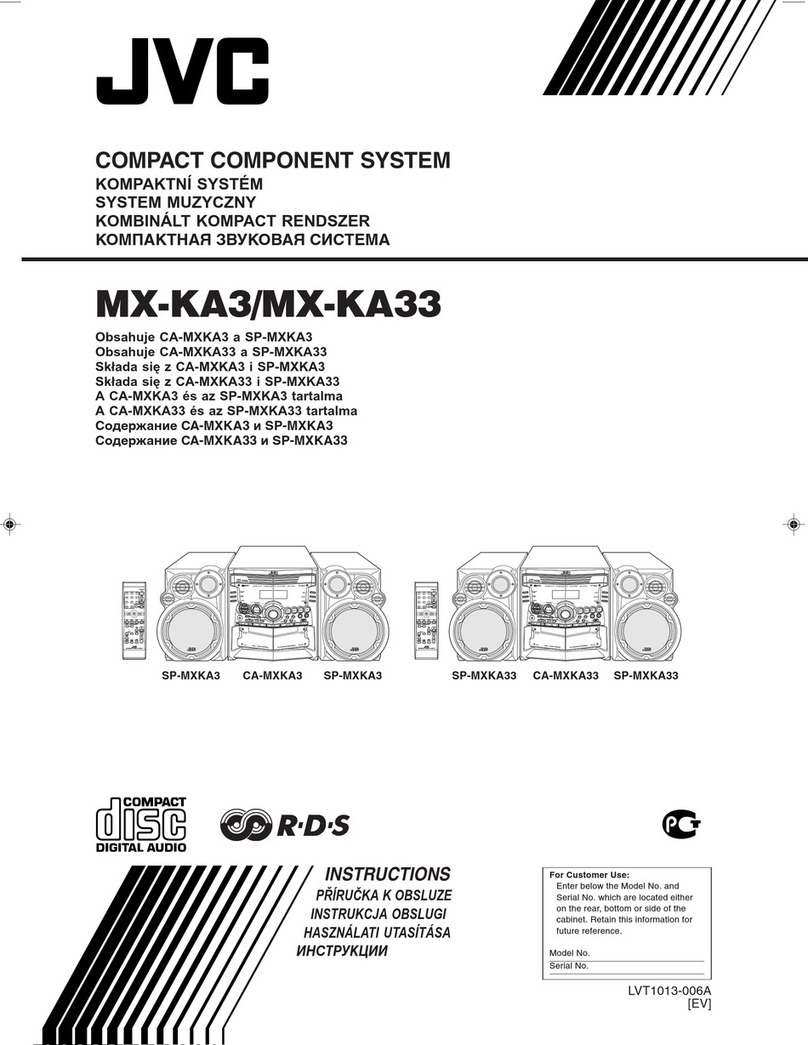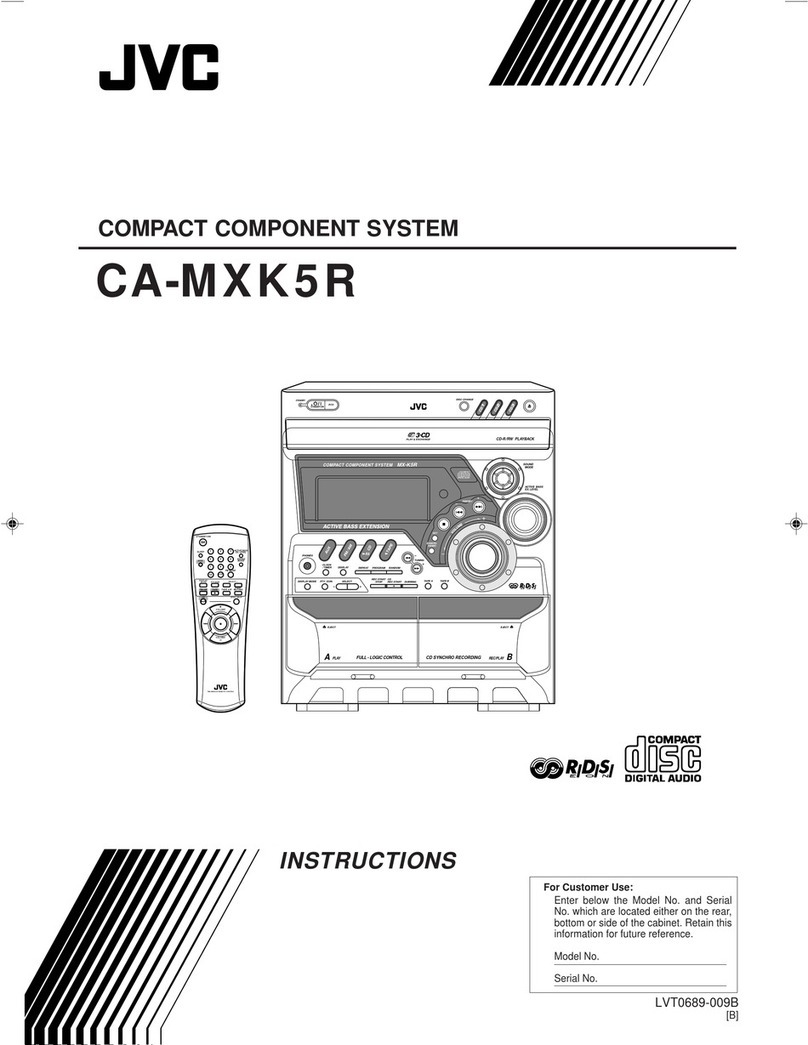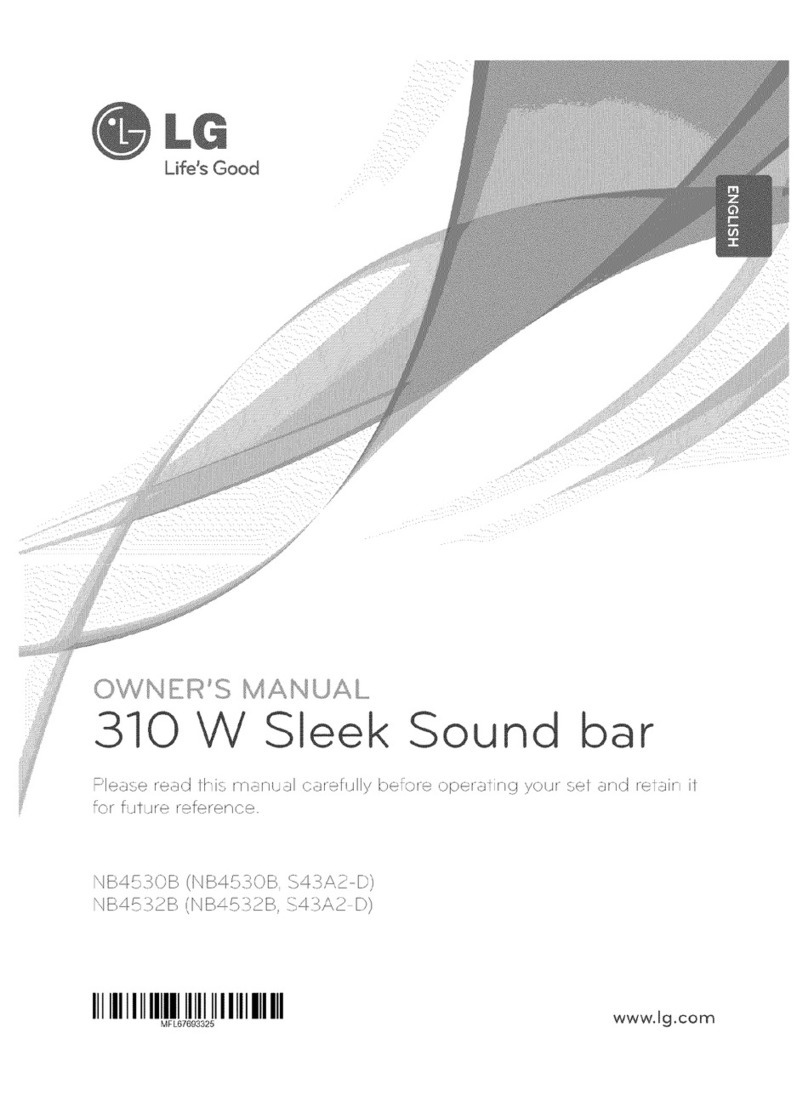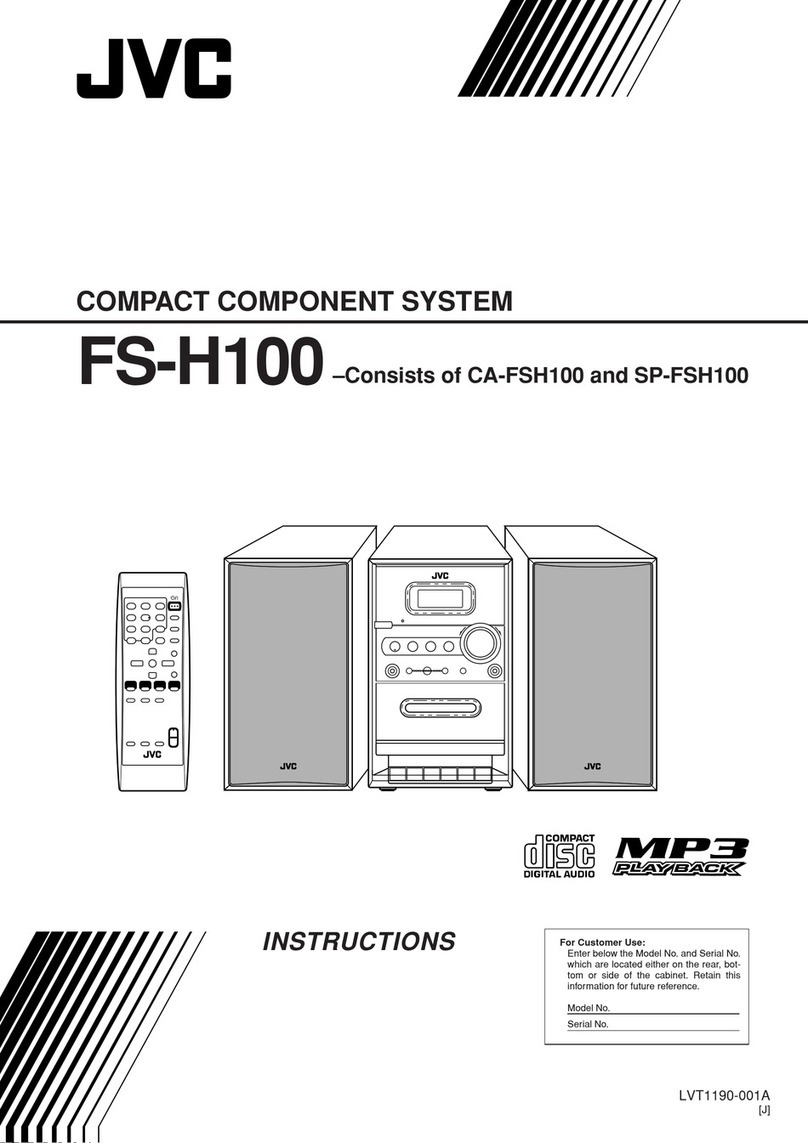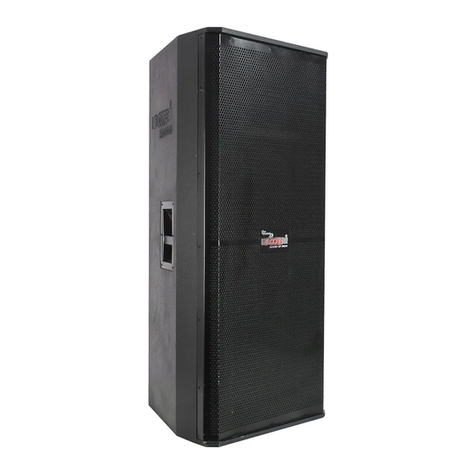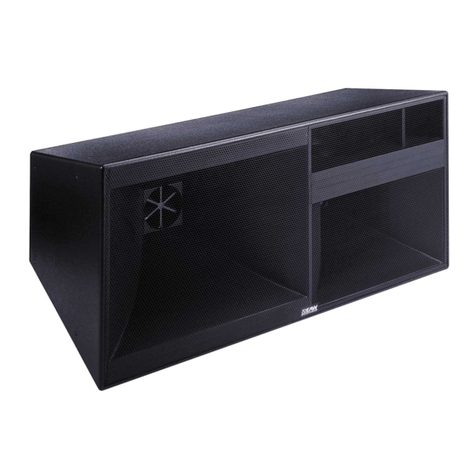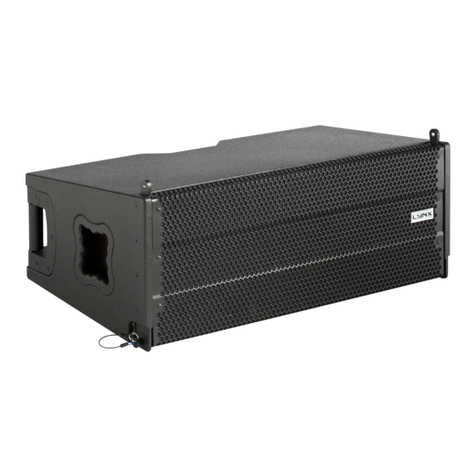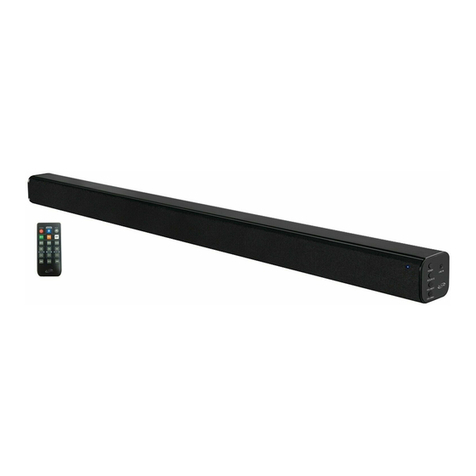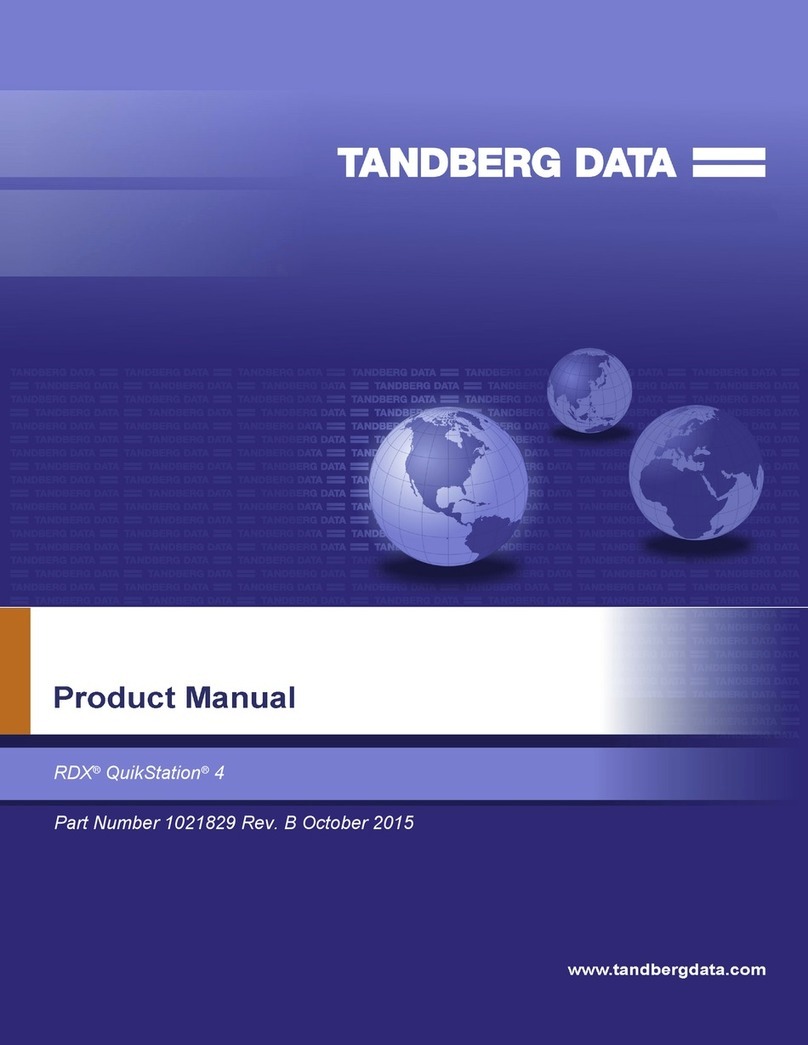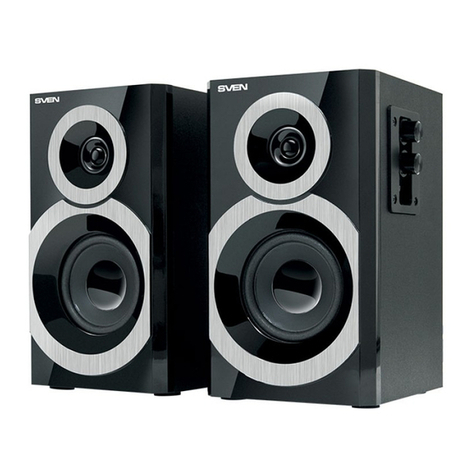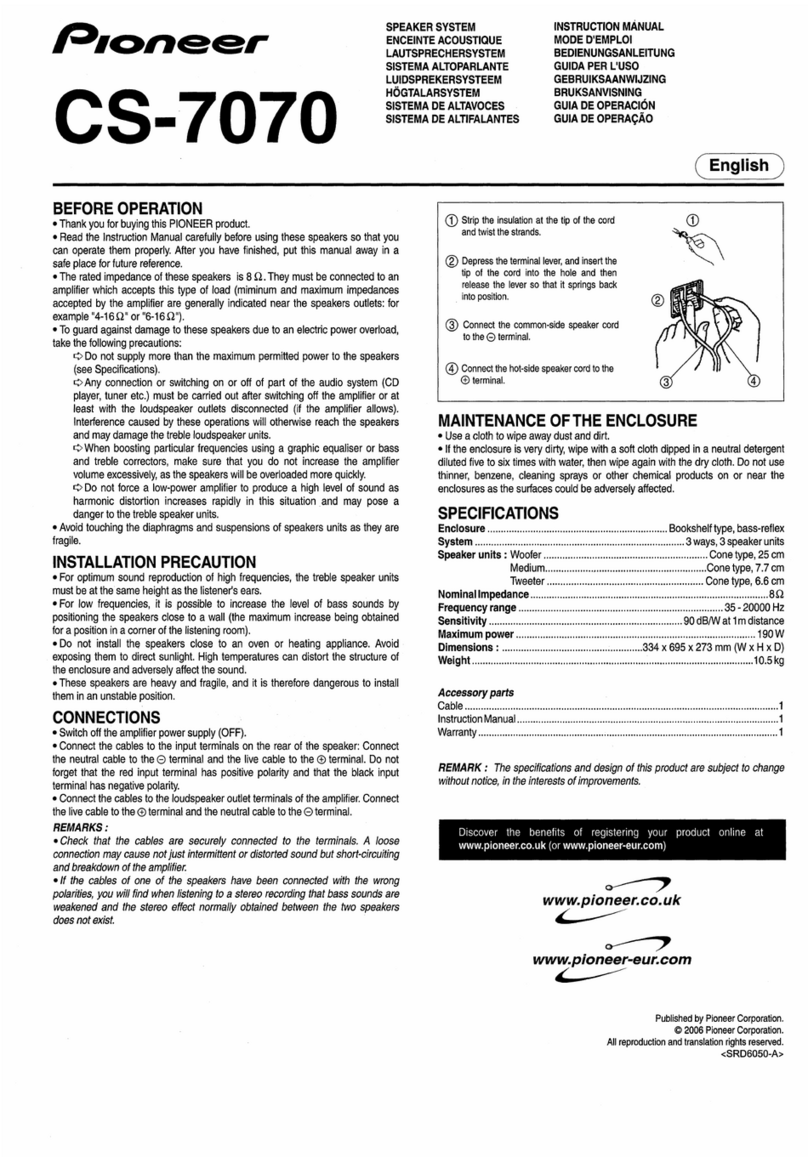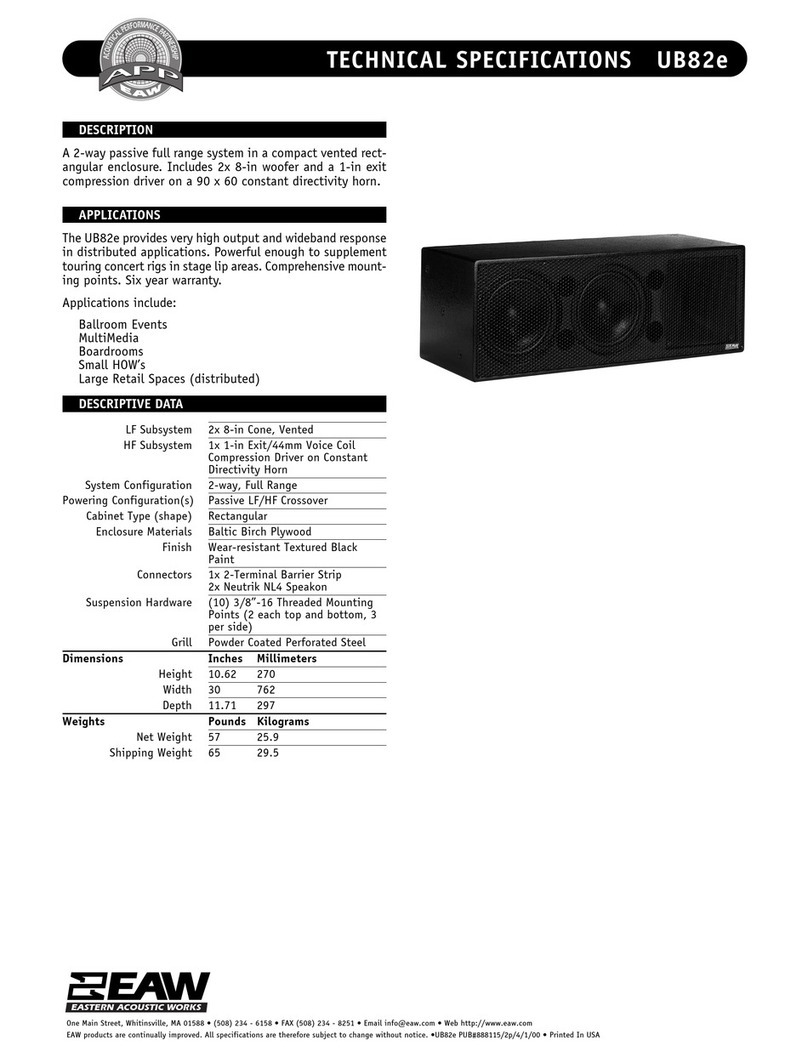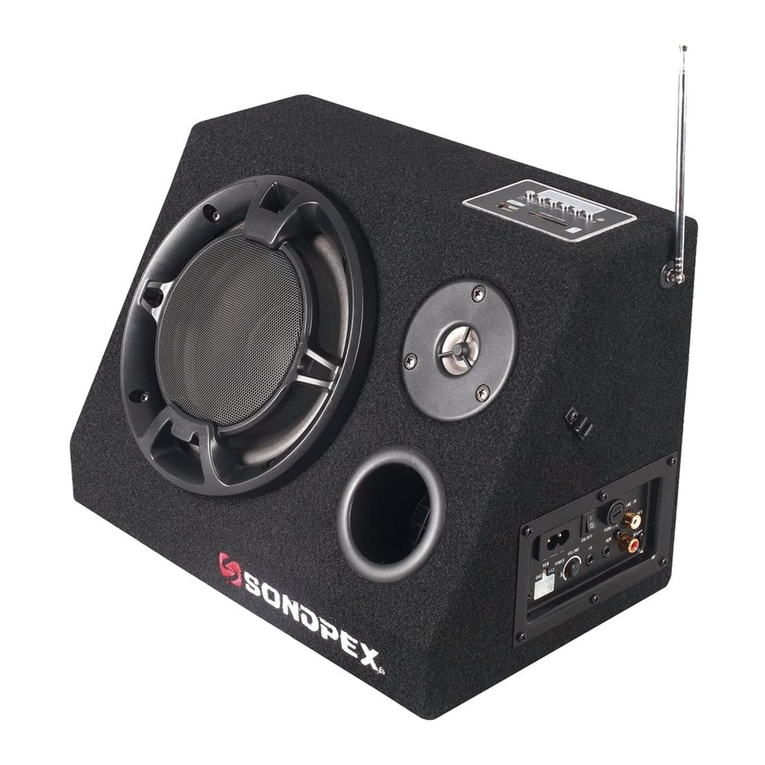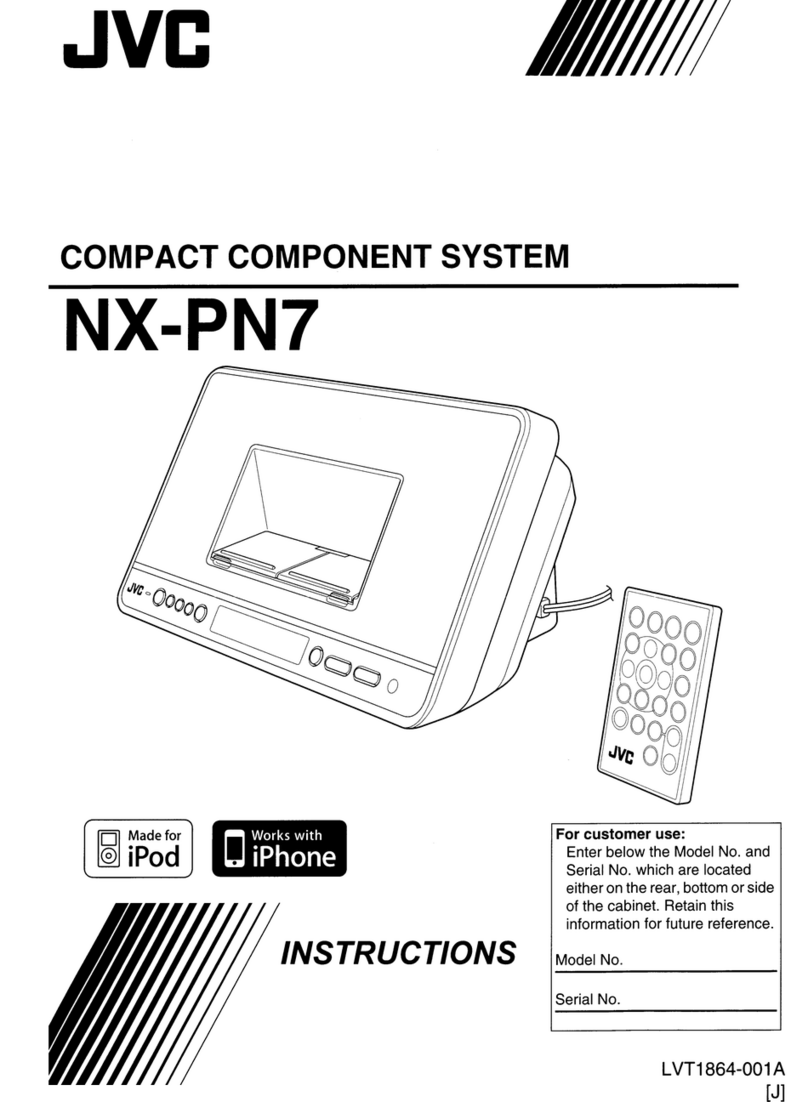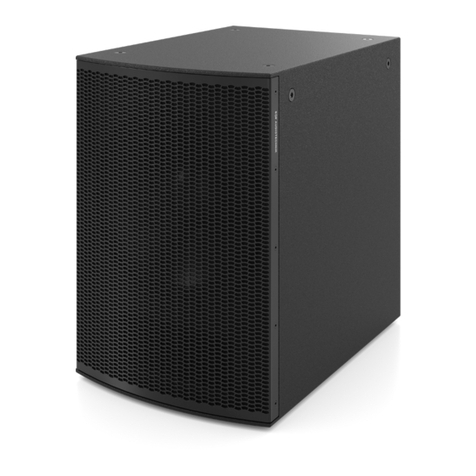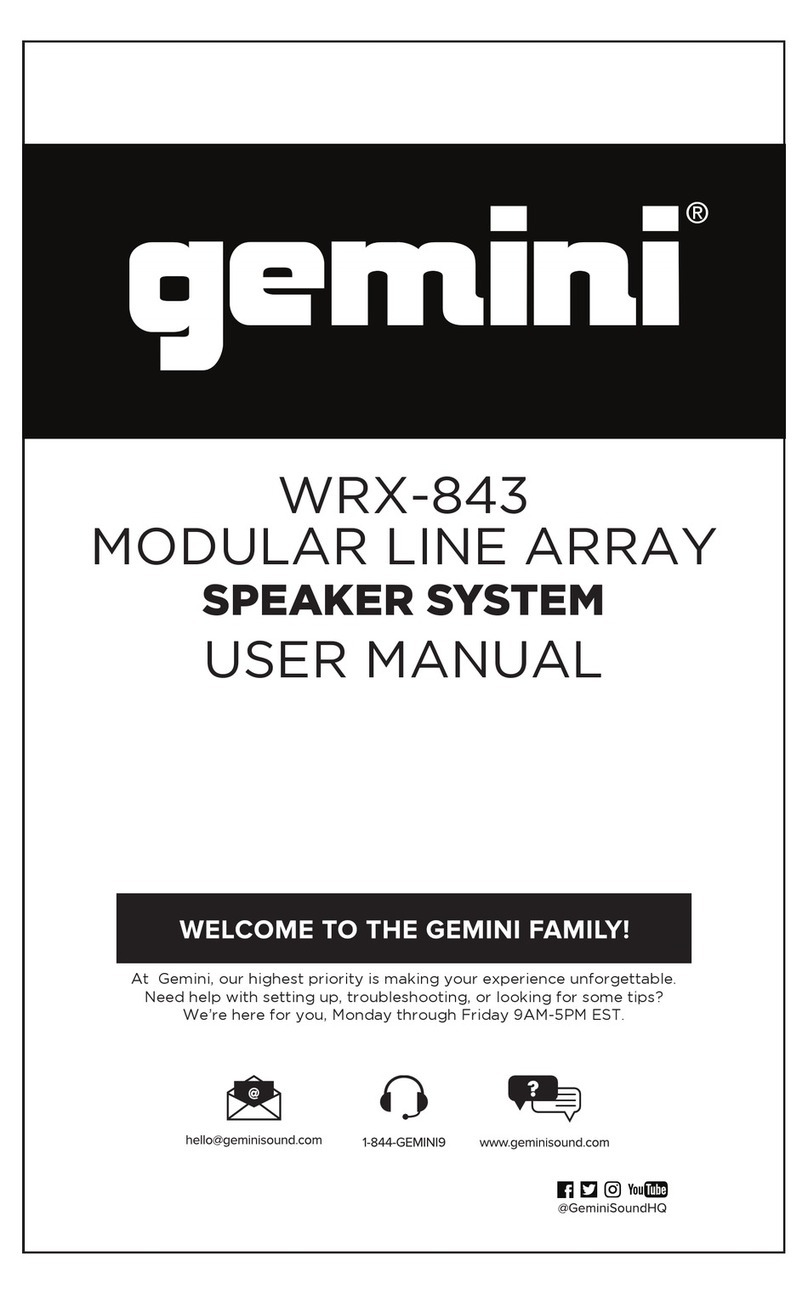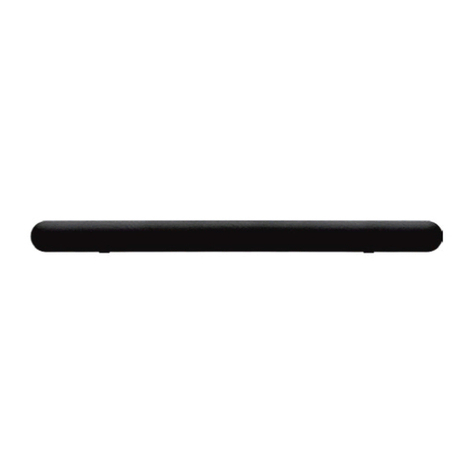Read these precautions carefully before using your speaker.
●Any time you note distortion, reduce the volume control on your
amplifier to a lower setting. Never allow your amplifier to be
driven into “clipping”. Otherwise the speaker may be damaged.
●When using an amplifier with a rated output power higher than
the nominal input power of the speaker, care should be taken
never to exceed the speaker’s maximum input.
●Do not attempt to clean the speaker with chemical solvents as
this might damage the finish. To clean, wipe with a dry, soft cloth.
●To prevent the enclosure from warping or discoloring, do not
place the speaker where it will be exposed to direct sunlight or
excessive humidity.
●Do not place the speaker where it is liable to be knocked over or
struck by falling objects. Stable placement will also ensure better
sound performance.
●Placing the speakers on the same shelf or rack as the turntable
can result in feedback.
●Secure placement or installation is the owner’s responsibility.
YAMAHAshall not be liable for any accident caused by improper
placement or installation of the speaker.
N S -1 0 0 GT
Speaker System
Thank you for selecting thisYAMAHA NS-100 speaker system.
PRECAUTIONS
PLACINGTHE SPEAKERS
Place the speakers on a sturdy, vibration-free surface, on a well-
built stand.
■Using as 2ch stereo speakers
Better stereo images will be obtained when the speakers are
slightly angled in towards the listeners.
■Using as main speakers in a multi channel
system
Position the speakers on both sides of the TV. The positioning of
speakers is important, because it controls the whole sound quality
of a multi channel system. Set up the speakers on the basis of your
listening position by following the owner’s manual supplied with
your amplifier.
OWNER’S MANUAL
Type .......................... 2-way 2-speaker bass reflex speaker system
(Magnetically-shielded type)
Speaker Unit ............................................ 16 cm (6.5”) cone woofer
3 cm (1”) dome tweeter
Nominal Impedance ............................................................. 6 ohms
Frequency Response ...............................................38 Hz – 35 kHz
Nominal Input Power..............................................................100 W
Maximum Input Power ...........................................................300 W
Sensitivity ................................................................ 90 dB/2.83 V/m
Crossover Frequency.............................................................. 3 kHz
Dimensions (WxHxD).......................................212 x 416 x 270 mm
(8.3” x 16.4” x 10.6”)
Weight ................................................................... 8.6 kg (19.0 lbs.)
●Specifications subject to change without notice due to product
improvements.
●Care should be taken not to exceed the input power values
noted above.
SPECIFICATIONS
REMOVINGTHE FRONT COVER
The front cover is fastened to the enclosure at four points, and can
be removed if desired. To remove the cover, hold on to both sides
and slowly pull straight away from the speaker. To reattach, line up
the four pegs on the inside surface of the cover with the four
corresponding holes on the speaker and push gently.
Note
When the cover is removed, take care not to touch the speaker
units with your hands or to exert excessive force with tools.
Surround L
Surround R
Subwoofer
Center
NS-100
(Main R)
NS-100
(Main L)
English
